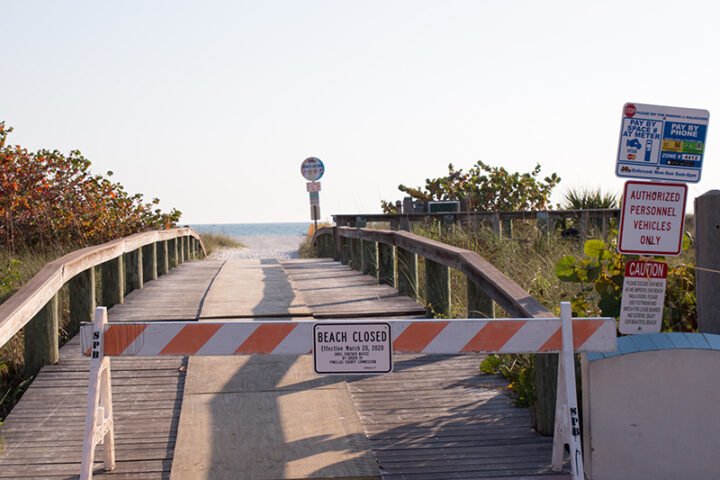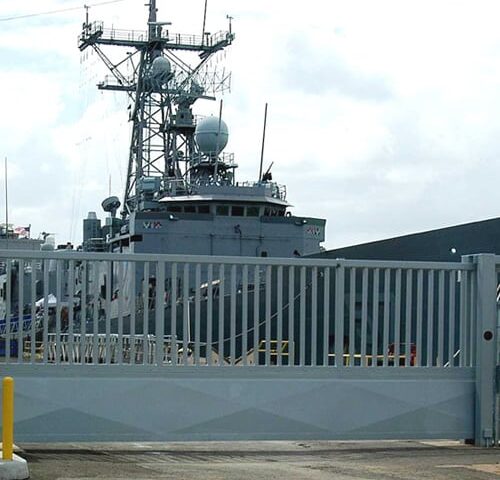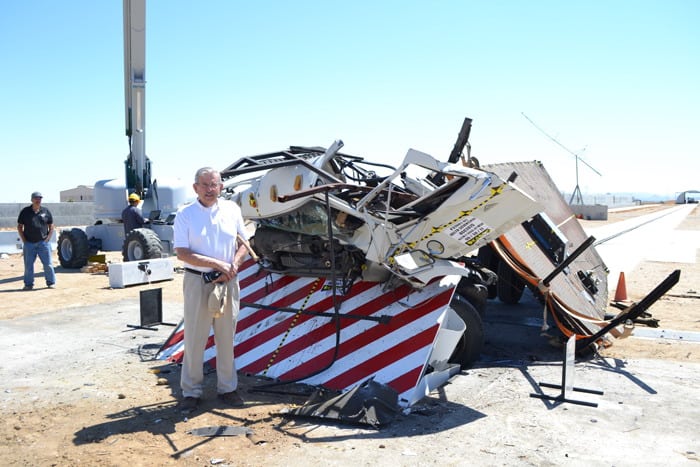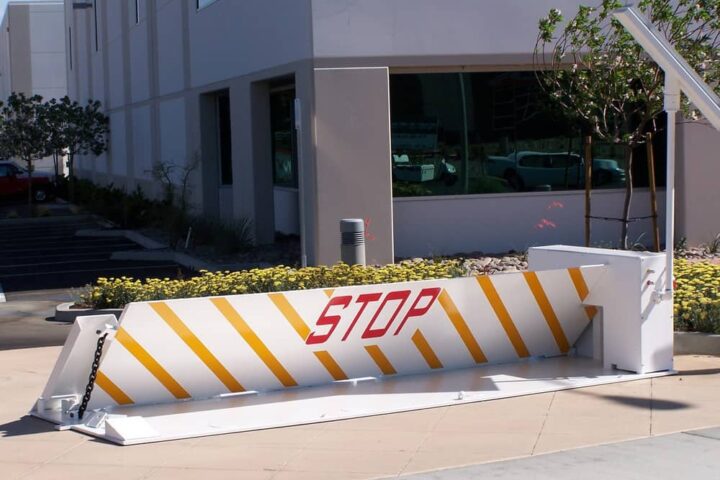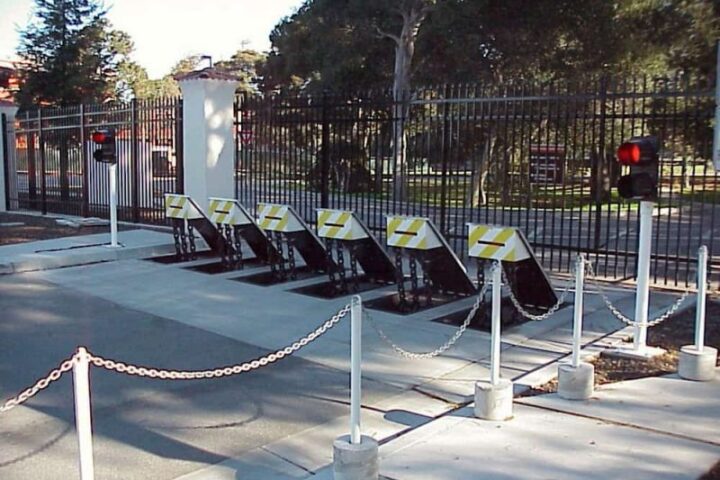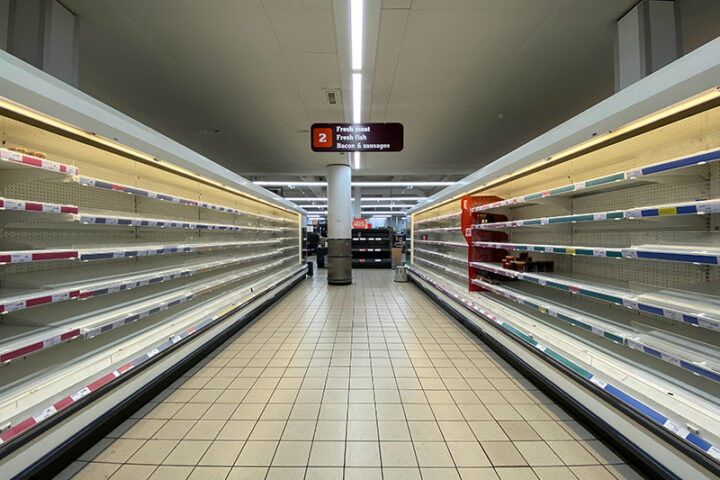During a public health crisis such as the COVID-19 pandemic, medical facilities and personnel are even more critical than usual. While trying to care for patients infected with the novel coronavirus, health care providers have faced challenges such as lack of personal protective equipment, insufficient supplies of respirators, and overwork, as well as the risk of contracting the illness themselves or passing it on to their families.
Portable Barriers Protect Voting Sites on Election Day
Voting is a precious right; the core of our democracy in the United States. Officials for the 2020 election continue to face challenges related to the COVID-19 pandemic and the possibility of foreign cyberattacks. Election boards contending with these legitimate concerns should not neglect the physical security of each polling location.
The Art of Separation
Ensuring public safety should always be the driving force of security. Protecting both people and property from an attack can take more than rudimentary safeguards like fencing and traffic barriers. Mass demonstrations such as protests can put security teams at odds with these goals, but when intensive measures are taken, the response can project a tone of intimidation instead of protection. With the right tools and excellent preparation, any location can be ready to both safeguard people and property while also maintaining an air of professional authority.
Handling Closings and Restrictions Through the COVID-19 Crisis
As the pandemic continues to wash over the country, state and federal parks and services are drowning in closures and occupancy restrictions. Unfortunately, citizens are looking for solace away from quarantine procedures in the majesty of nature. This puts undue strain on the National Park Service that wasn’t designed for long-term regulations to minimize exposure. Fortunately, there are many ways that location managers can mitigate the disruption in service with either temporary or permanent barrier systems. Using simple methods to upgrade security procedures can help facilitate easier transitions as these places are reopened to the public.
Security When Space Is at a Premium
Security teams and building designers have long had to deal with an important balancing act. Pedestrian safety is important, but oftentimes it comes at the cost of aesthetics. In addition, with the advent of social distancing, creating pathways for high foot traffic areas is an even greater challenge.
Gates Can Be the Weak Link in Security
A chain is only as strong as its weakest link. When that chain is part of perimeter fencing, the most vulnerable point may not be where you think. Gates act as more than security equipment, they represent structural safety meant to stop even the largest of threats. While bollards and recessed rising barricades are effective, they just don’t project the outward strength that is immediately captured by a well-constructed and manned gate. Even so, that image can be shattered in short order when a determined assailant decides to take action against private or secured property.
The Threat Behind Computerized Vehicles
The idea behind vehicular attacks is simple. Unlike conventional weapons, larger cars and trucks are more ubiquitous, and the potential cost to morale and the population as a whole is high. The main concession is that these transports need to be manned by a person with devious intent. However, the continued computerization of vehicles, as well as the push towards complete autonomous driving, may make this form of improvised ammunition much more effective and dangerous.
Security Challenges of Keeping the Lights On
A nation’s utilities are one of the most integral parts of its infrastructure. Disrupting electricity, natural gas or water can inconvenience, or more threaten, the lives of thousands of citizens. These facilities pose challenges not generally associated with other locations. While cybersecurity is at the forefront of utility protection, these locations still need to be protected from more traditional physical assaults as well.
A Case For Being Prepared
While many things have changed due to the worldwide pandemic, some things still remain the same. The threats of vehicular violence are still present even though collisions have become less frequent and traffic, in general, is at a significant low thanks to COVID-19. Preparing for such instances remains a high priority, and those institutions that take preemptive action stand to prevent major incidents before they start.
The Damage Caused By Hoarding During the COVID-19 Crisis
The COVID-19 pandemic is drastically changing the lives of everyone around the globe. While people can hope that global citizens will work together to overcome this crisis, there are always those looking to either profit from the situation, or only think about their own well-being. There are people who rush to stores during any emergency, grabbing up food and other supplies as quickly as they appear on the shelves. Unfortunately, during a long-term event like the pandemic, hoarding may cause even more harm than leaving a family without toilet paper.




